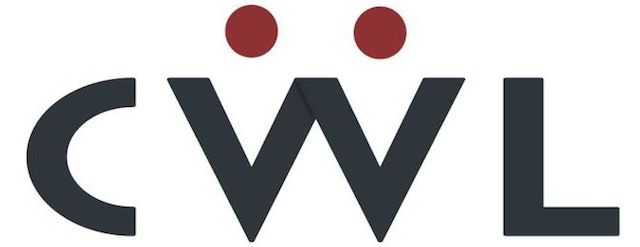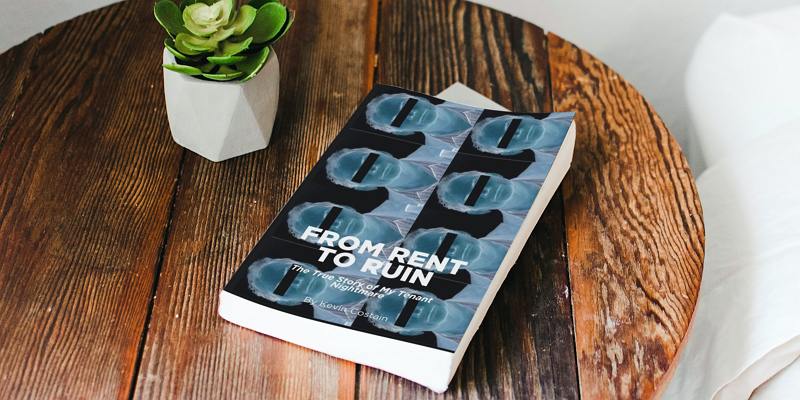Choosing How and Where to Publish a Book
Last year I self-published From Rent to Ruin. Part of this process required me to find the right way to make this book available to as many people as possible. Of course, like most authors, I wanted to be with a traditional publisher that believed in my work. I wanted to give my book the largest possible exposure in the hopes that, if it struck a nerve, it might sell the maximum number of copies.
Selling a book in such a crowded marketplace was always going to require the capture of attention and the ability to meet the demands of this attention. As a self-published ‘Joe-Shmoe,’ a sort of mass appeal in book publishing is not only unlikely, but it’s absurd to think about.
“Can you imagine this being a 12-episode TV show?” a friend asked matter-of-factly as if this was a given.
“Hahaha!”
I was at a loss for words over my deep need to laugh at that statement. I admit it did have me thinking wistfully about the three-season HBO Max show starring Rami Malek in a return to his Mr. Robot roots. The limited number of seasons would only increase the show’s allure much like Halt and Catch Fire. Ok, I’ll stop. There aren’t going to be any adaptations of Rent to Ruin; that I’m reasonably sure of. But, the choice of how to publish this book, my very first book, was not as clear as I’d like it to be.
I knew I had to entertain the idea of going to a large publisher and making a proposal. Given that I have the entire non-fiction work done; couple that with some kind of small “Audience” (that’s you), it seemed that I’d have a reasonably good chance of publishing this way. I tended to waver on this idea because I’d have to go in cold. Unsolicited. Spammy. As I understood it, authors were supposed to find books in their genre, find the publisher – such as Goose Lane Editions or Viking Canada – and send them some sort of proposal.
Self-publishing seemed like the smarted move. There was Gumroad, a kind of self-publishing Patreon that holds a ton of different books. This site seemed compelling, but not for me. Another way was to fall into the deep despairing well of Amazon and its evil counterpart Ingram Spark. Stories of those who get locked up in the clutches of Amazon’s juggernaut seem to fall into two categories. First, it’s authors that maintain extreme obscurity but publish to Amazon because they’re Amazon (exposure, right?). Or, it’s the author who seems to profit from the all-encompassing environment (write big, fast, trashy and keep ’em coming). Having already had some experience with the Amazon marketplace, I knew they would wield extreme power, often without reason or common sense. I think of Amazon as a place as just another store to put my book in. Not the first, but perhaps in the future.
After these considerations, From Rent to Ruin was listed on Amazon as both a paperback book and Kindle e-book. As a means of selling the book directly, I made it available directly as a DRM free e-book by way of a Stripe transaction. The sales there are meager, but I appreciate those that have shown direct support. The distribution part of this equation is endlessly complex too. At Chapters / Indigo, a book not carried by a Canadian distributor must enter into consignment deals with each individual store. For those that do, 2024 pricing looked like 45% discount off the retail price, and stores get to return all unsold product in any condition and you, the author have to foot the bill to deliver and pick up the books. In other words, to get you book in a store, you do all the legwork and take all the risk.
Book publishing is under attack from just about everything today. It’s not easy to imagine anyone could earn a living doing this, but I know it’s possible. This is where I am for now with one book published. One step at a time.


